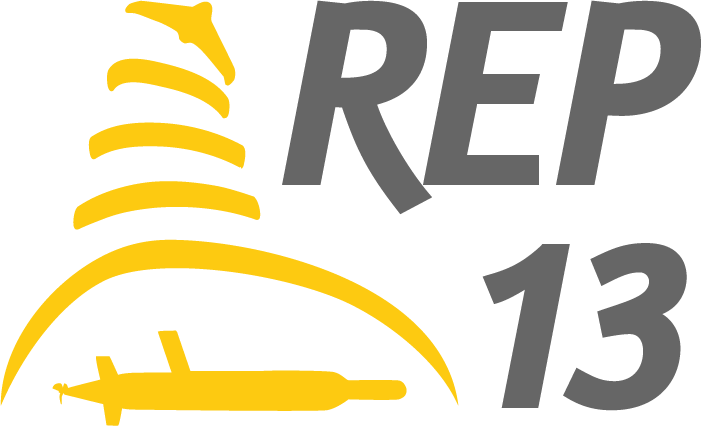Repeated sidescan and multi-beam surveys to find dummy packages and 'Oscar' for the maritime authorities failed till the third try. To acquires these targets we slowed down the Noptilus AUV to 0.5 m/s to get higher resolution with more data points. Third time was the lucky one. However that was offset by this AUV rebooting on its own on a subsequent survey of the Sesimbra harbor entrance. The other AUV had its own problems meanwhile; Xtreme 2 had a compass that was not properly calibrated. So the vehicle worked fine in following straight lines; turning without a GPS lock on the surface and in the water-column was a problem however. Note that we tried this navigation without the usual LBL (Long Base Line) beacon in the water. T-REX was activated in the survey mode, and reported good results. However by the time this last test was undertaken, it was late; Xtreme 2 had to be recovered after dodging a number of fishing boats and scuba dive operators who seemed to blithely go past (and awfully near) our Navy vessel.
The UAVs were themselves being temperamental. Two of the vehicles (X8-00 and 01) showed some instability in the air. In particular right turns appeared to mess up aircraft stability for some reason which we found incomprehensible. Further tests during the afternoon in an attempt to understand and perhaps address the GPS problem did not return any tangible results since the vehicles behaved well in the air. Debugging such non-repetitive conditions is hard as is; doing so in real-world environments outdoors at sea is harder still. More challenging, X8-02 was launched to fly with the IR camera but it fell into the water even if the pilot tried recover from the sudden dip the plan took after launch.
More challenges; one of the Wavy drifters detected a problem with the bluetooth interface and it didn't respond to every command; the other two drifters however were resounding nominally. As an experiment from our collaborative work in the CANON experiment at MBARI, we built a simple drogue with a simple dead-weight for Wavy and tested it with a small flotation device. The device was thrown in to the water and worked well with continuous data received when the drifter was recovered. Pedro Calado however continued to struggle to dispatch the drifters waypoints to the Neptus console via GSM.














